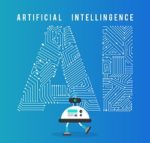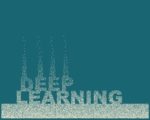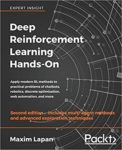Analyze-then-Store: The Journey to Continuous Intelligence – Part 4
This multi-part article series by our friends at Swim is intended for data architects and anyone else interested in learning how to design modern real-time data analytics solutions. It explores key principles and implications of event streaming and streaming analytics, …
Analyze-then-Store: The Journey to Continuous Intelligence – Part 4 Read more »









